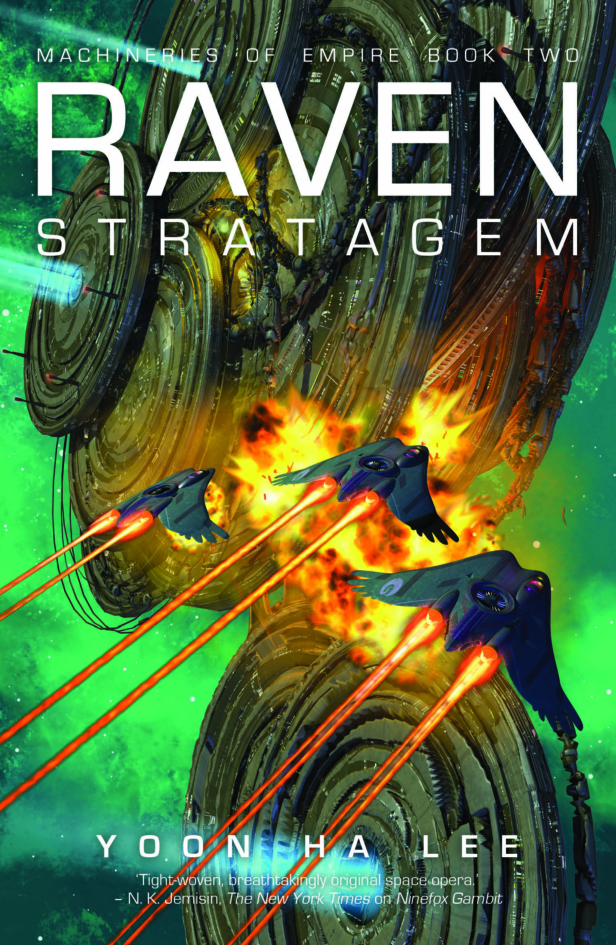Bags of Holding…in SPAAACE!
When I first realized I had to deal with starship layouts in the hexarchate, I had two choices. I could either sit down (probably with my long-suffering husband) and make a loving diagram of a ship and its layout, and refer to it assiduously every time I had someone go from point A to point B. Or I could say, “Screw it,” and not deal with the problem.
Dear reader, as you have no doubt figured out already, I went with the second option.
Here’s my reasoning. There are definitely stories where starship layouts (or building layouts, or whatever) seem to be important to the plot and logistics. Sean Danker’s Admiral and Jay Posey’s Outriders strike me as good examples of these. There’s a lot of action that appears to rely on physical layout and geometry. And there is absolutely nothing wrong with that kind of story.
However! That was not a kind of story that I, personally, was interested in telling with the hexarchate novels. Partly this was because the hexarchate novels were going to be more about semi-abstract weapons and large-scale betrayals and centuries-spanning plots.
And partly this was because I have aphantasia, which is the inability to visualize. I’m sighted (well, as long as I have my glasses on…), but the moment I shut my eyes I can’t so much as visualize a red circle. As a result of this, reading lovingly detailed passages describing layout and, well, visual things is actively painful for me. I spent large chunks of my childhood skimming or skipping descriptive passages because I thought they were pointless, and while I force myself to read them today in case of emotional undercurrents, they take a lot of effort and I know I’m not getting out of them what the author probably intended. So an author could totally be getting all the visual details and layout wrong in their own book, but I’d never know it.
Given both of these factors, I decided that my hexarchate spaceships were going to be, essentially, bags of holding flying around space. Even better, they would be bags of holding connected by arcane-looking teleporters. (The teleporters in the computer roleplaying game Eye Of The Beholder II impressed me tremendously when I was in high school.) And thus “variable layout” was born. It’s exactly what it says on the tin: since the most advanced “technology” in the hexarchate runs on magic anyway, I figured having spaceships whose internal layout could shift in respond to the wishes of their crews wasn’t too outrageous.
Odd? Perhaps. But then again, I’ve read my share of science fiction with psionic crystals and five zillion kinds of handwavy FTL that defies the laws of physics as we know it. (I am a curmudgeon. In general, if it involves FTL, I think it should be disqualified from hard science fiction. Really rigorous attempts to incorporate things like the Alcubierre warp drive seem to be rare.) Since I was writing a space opera that explicitly ran on a magic system, I didn’t see any reason not to go for this.
And if I’m honest, perhaps there’s a bit of wish-fulfillment in this too. If you’ve ever been in an economy seat in a commercial aircraft recently, haven’t you wished for more leg room and as much space for your luggage as you need and the ability to just teleport where you need to go?
Raven Strategem by Yoon Ha Lee will be available from Rebellion on 15 June. Ninefox Gambit is available now.
